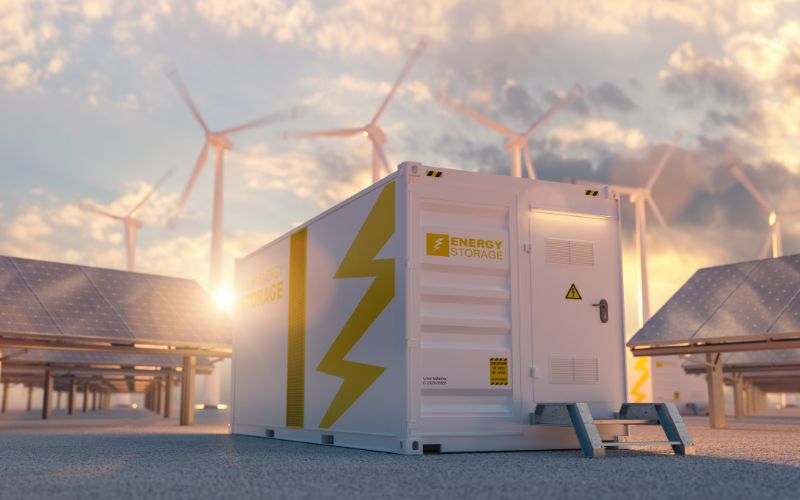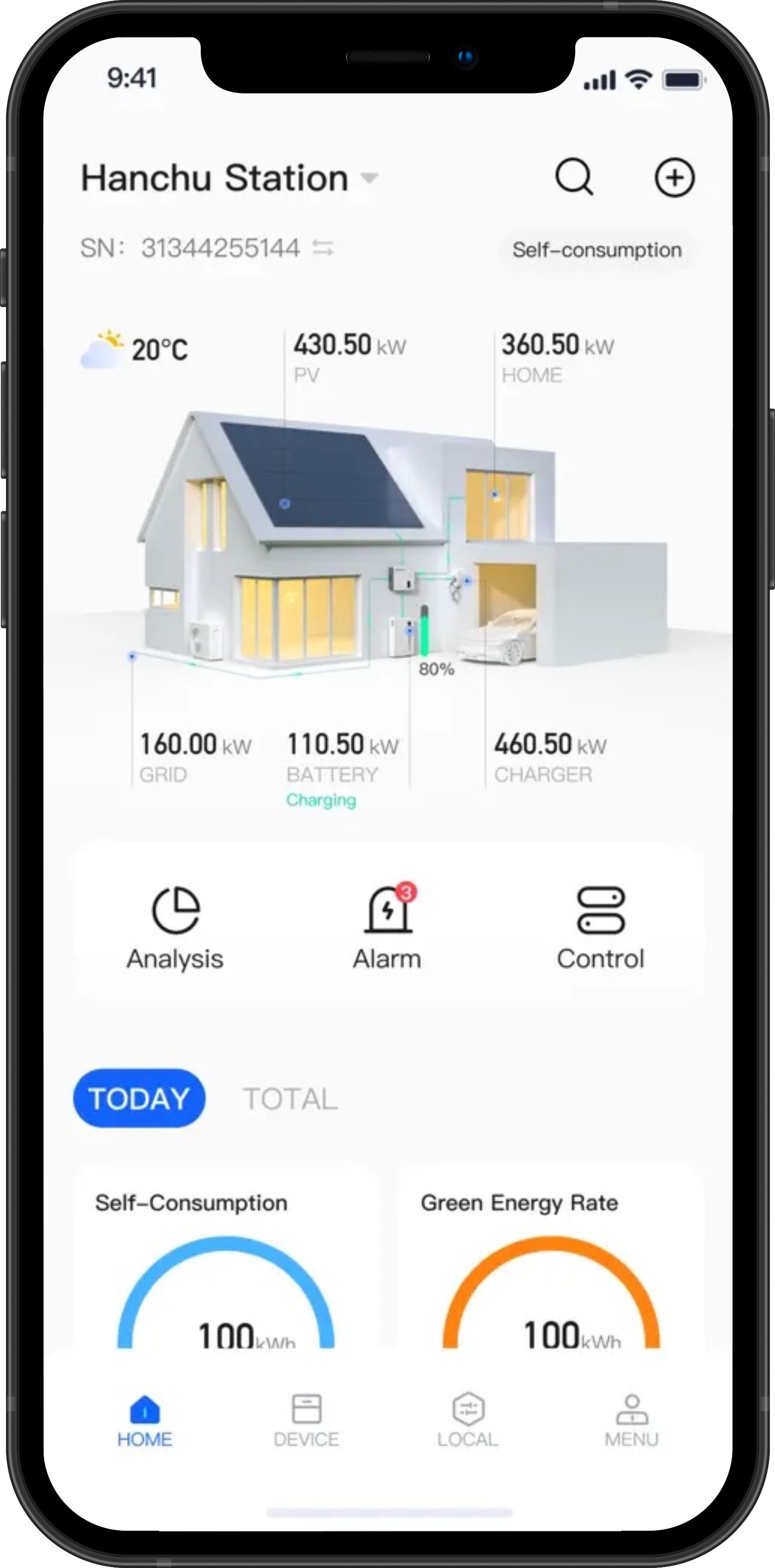As renewable energy in the UK continues to grow and grow, forecasters and industry specialists alike have often pondered just how big can the battery grid storage market get.
With ambitious predictions as well as recent shifts in government legislation around the taxation of storage units and solar panels, it does feel like we are preparing for a big shift in our energy production behaviour and storage.
But just how big can it get?
UK Market predicted to grow to 24GW by 2030
The energy research firm Rystad Energy made predictions last year that the UK is poised for substantial growth in the energy storage market.
They projected that it would reach 24 gigawatts by the end of the decade, accounting for 9% of all global capacity installations.
This expansion opens doors for significant investment opportunities in utility-scale battery systems, with Rystad estimating a potential investment influx of up to £16.15 billion ($20 billion) by 2030.
By the end of the next decade, the UK is anticipated to secure the fourth position in global capacity rankings, trailing behind China, the US, and Germany.
A driving force behind the UK’s ascent in the global battery storage arena is its burgeoning pipeline of intermittent renewable energy sources, including solar and wind.
To support this momentum, the government has set ambitious targets, aiming for 30GW of capacity by 2030, spanning various technologies like batteries, flywheels, pumped hydro, and liquid air energy storage.
While Rystad is optimistic about the UK meeting or surpassing these targets, certain challenges must be addressed.
Key hurdles include grid connections, supply chain issues, and the need for a comprehensive policy framework, particularly for pumped hydro projects.
The World Stage
In parallel with the UK, there have been similar predictions made for the global market.
Forecasts from BloombergNEF (BNEF have projected that installations around the world are projected to reach a cumulative 411 gigawatts (1,194 gigawatt hours) by the end of 2030.
That means that from the start of the decade, the storage will be 15 times stronger at the end of it.

The US and China are set to remain the two largest markets, with them both representing over half of global storage installations by the end of the decade, but Europe is catching up, with significant ramp-ups in capacity being driven by the energy crisis and renewable target goals.
2030 and Beyond
But what about a time beyond 2030 – as it is now just six years away.
Panelists of a Reuters webinar in 2023 said that whilst there is the potential to reach extreme high levels of energy storage (98.4 times the current), but to do so the path there faces critical challenges as well as technology innovation, public-private partnerships, regulatory reforms and other changes.
Energy storage lags approximately a decade behind solar photovoltaics (PV) in terms of cost adoption.

Within the United States, pumped hydro energy storage accounts for a substantial 90% of grid-scale energy storage, boasting a total capacity of 550 gigawatt-hours (GWh).
This rapid expansion is being driven by clean energy targets, the need for energy security, and new financial incentives.
However, several challenges must be addressed to fully realise this potential, including permitting and interconnection issues, workforce shortages and upgrading grid infrastructure.

 Inverters
Inverters
 Batteries
Batteries
 EV Chargers
EV Chargers
 Heat Pumps
Heat Pumps
 Radiators
Radiators
 Greenlinx
Greenlinx